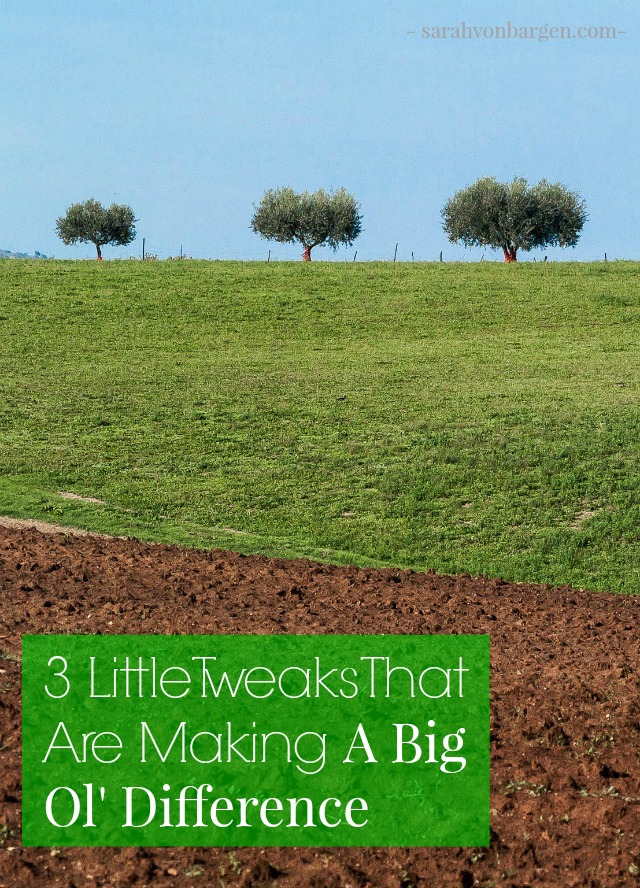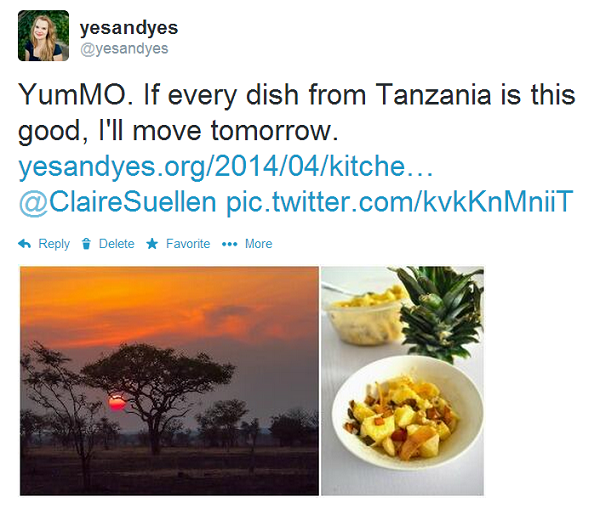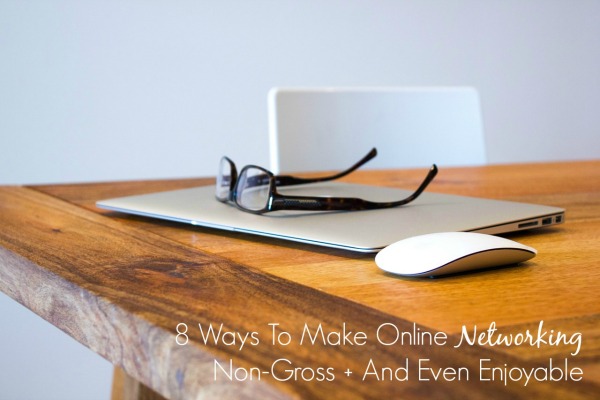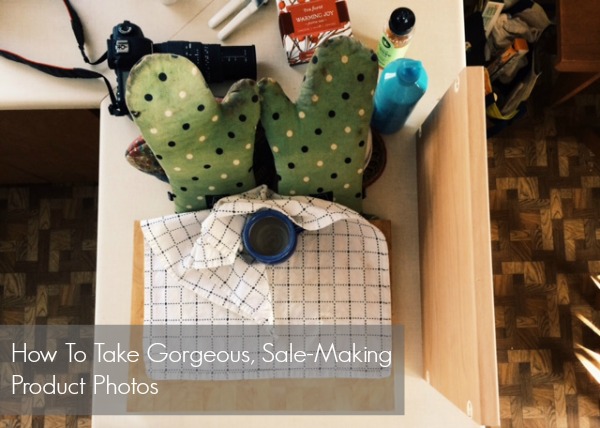Like most people who make a living by stringing together sentences, I’d like to improve my writing.
But I also like to go to parties, road trip around America, and catch up on Empire.
What. to. do.
Lately, I’ve been trying to toe the line between proactive self-improvement and cutting myself some slack.
Want to improve your writing without devoting two hours a day to free writing? These tips are for you.
1. Improve your writing by listening to writing podcasts while you do other stuff
As I’m assembling a salad or grilling a quinoa burger (or eat a giant bowl of popcorn), I’m listening to I Should Be Writing or The Writing Show.
Don’t worry about taking notes, don’t pause the podcast if you have to pop out to put in a load of laundry. Just 80% listen. Have faith that if an idea is good enough, it’ll stick. If doesn’t stick, you’ll probably encounter someone else talking/writing/tweeting about it in the near future!
2. Get inspiration by reading authors who write the way you (would like to) write
If you write for a living and spend a lot of your free time reading, you might do the same ridiculous thing I do: inadvertently start writing like the book you’re reading. I DO THIS ALL THE TIME. In fact, if you look carefully you can probably tell which blog posts I wrote while reading Annie Proulx.
But I’ve decided to stop fighting it and start leveraging it. I have enough awareness of my own writing voice that I know a (much more talented) kindred spirit when I read them. So if I’m going to be writing like the people I’m reading, I might as well be reading people whose writing gently nudges me closer to a better version of myself.
Because I’ll never, ever be able to write like Paul Harding
“And as the ax bites into the wood, be comforted in the fact that the ache in your heart and the confusion in your soul means that you are still alive, still human, and still open to the beauty of the world, even though you have done nothing to deserve it.”
But there is some hope that someday I could write like Bill Bryson
“As my father always used to tell me, ‘You see, son, there’s always someone in the world worse off than you.’ And I always used to think, ‘So?”
Of course, I’m not going to strictly limit myself to humorous, first-person writing but in those moments when I’m aimlessly casting around for something to read, I’m making an effort to choose people whose style is like a much, much better version of mine.
3. Upgrade your skills by keeping a writing ‘swipe file’
In the marketing world, a swipe file is a collection of tested and proven advertising and sales letters. YAWN.
My writing swipe file is a document on my desktop that consists of links, paragraphs, words, and turns of phrase that have caught my fancy. It’s the sections I’ve underlined in novels and copy-n-pasted bits from blog posts that made me laugh out loud.
If I’m looking for inspiration or trying to phrase something better, I paw through this file and I usually emerge wittier and better prepared.
4. Jump start creativity by reading outside your area of expertise
If I’m not careful, I could spend the next five years of my life reading blogs, first-person humor essays, and Oprah magazine. If you’re keeping track, all of the above are written in a pretty similar manner, using pretty similar writing voices.
Let’s stretch our boundaries and read outside of our comfort zones: academic essays, long-form investigative journalism on a topic we know nothing about, pieces that have been translated, things written by people who are very, very different from us. We will learn things by reading these pieces.
5. Enhance your writing by letting it rest + then printing it out
I am consistently floored by the difference a good night’s sleep makes. In the harsh light of day, what seemed witty and tight seems try-hard and exhausting - or maybe vice versa!
Whenever possible, I like to let my writing ‘rest’ for at least 24 hours and then print it out and edit it by hand with an actual pen. Not only is this incredibly gratifying, it’s nice to hold the thing you created in your hands rather than just staring at yet another screen.
Weird suggestion: find a brightly colored pen that’s a joy to use. I love this![]() pen - it has 88 five-star reviews on Amazon!
pen - it has 88 five-star reviews on Amazon!
Now I’d love to hear from you writers! How do you improve your writing without making writing-improvement a full-time job?
P.S. The DIY writing retreat I do every month that has totally revolutionized my life + business






























